The universe is iron: You look down at the color you see from top to bottom, it is really beautiful
Author:Astronomy online Time:2022.09.13
The possible color of the universe may be lighter than you think.
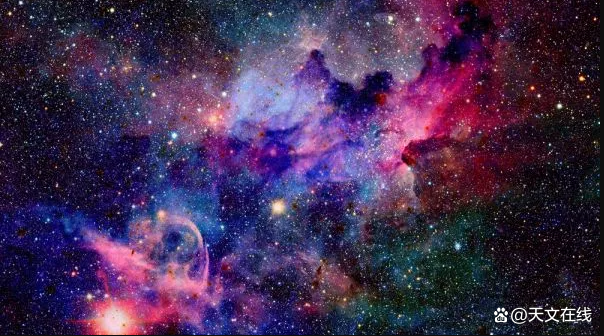
The colorful stars and nebula in the deep space.
When you look up at the night sky, it is easy to think of the universe is an endless, dark ocean. But if you can see all the visible light of the glowing celestial bodies, what color will the universe you see?
We must first do one exclusion: it is not black.
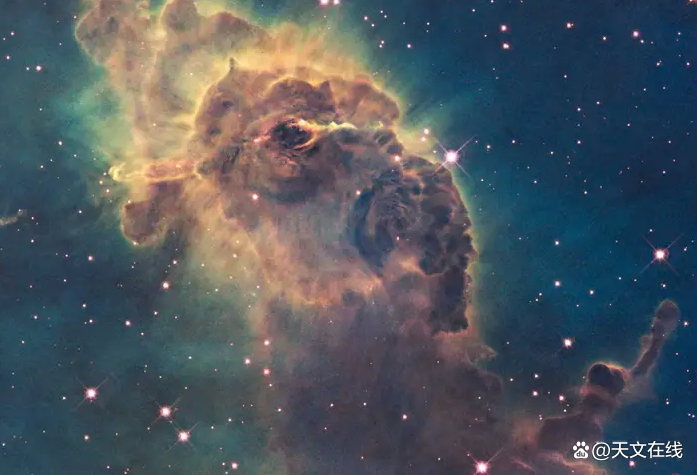
"Black cannot be called color." Ivan Baldry, a professor of celestial physics at the University of John Moores University in Liverpool, said in the "Life Science" magazine, "Black is just a visible visual state in one." Moreover, the color is formed by the visible light reflection. In this universe, it is created by the visible light of the stars and galaxies.
In 2002, Baldry and the Outstanding Professor Karl Glazebrook, Australian University of Science and Technology, made a study and published it in the magazine of Celestial Physics. The content of the research was to tens of thousands of galaxies. The light emitted for evaluation and combined these light into a strange spectrum to represent the entire universe.
By doing these, the two of them and colleagues can speculate the average color of the universe.
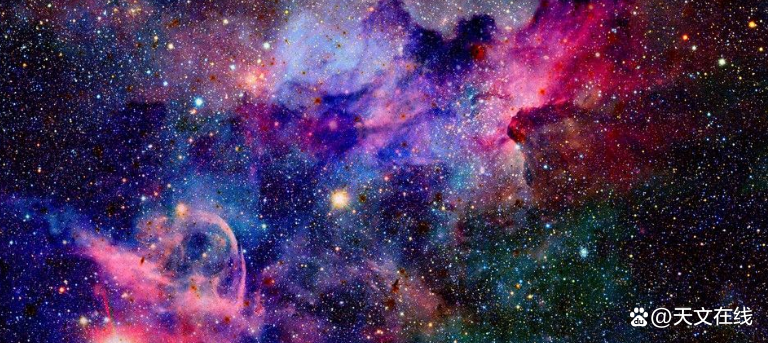
Cosmic spectrum
Stars and galaxies emit electromagnetic radiation. Depending on the length of the radiation wave, they can be divided into different groups. From the shortest wavelength to the longest wavelength, they can be divided into gamma rays, X -rays, ultraviolet rays, visible light, infrared, microwave and radio waves.
Throughout the wavelength range, visible light only occupies a small part of the electromagnetic spectrum, but it is the only part of our naked eye. The different colors we see are actually different from visible light wavelength: the wavelength of red and orange is longer, and blue and purple wavelengths are shorter.
Baldry said that a visible spectrum of a star or a galaxy is an important reference to measure its brightness and wavelength, that is, the visible spectrum can be used to evaluate the average color of a star or a galaxy.
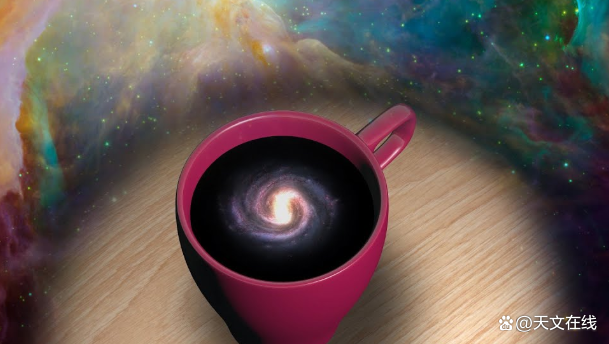
In 2002, Australia's 2DF galaxy red shift survey, the largest galaxy survey at the time, captured the visible spectrum of more than 20,000 galaxies in the entire observable universe. By summarizing and combining the spectrum of all galaxies, the team of Baldry and Glazebrook can create a visible spectrum that can represent our entire universe and the cosmic spectrum.
"The cosmic spectrum represents the sum of all the energy launched by each galaxy under different wavelengths." In 2002, Baldry and Glazebrook wrote their discovery in an online paper of non -common review. The creation of the universe spectrum allows researchers to evaluate the average color of the universe.

Color conversion
BALDRY said that researchers use computer "color matching" procedures to convert the color spectrum color into a single color that can be visible to humans.
Baldry and Glazebrook wrote in the online paper that our eyes have three types of photosensitive cone cells, which can help us to perceive the visible light wave length in different areas. This also means that we have blind spots in the range of visible light waves and cannot accurately identify the color. Similarly, the color we see depends on our reference to white light when observing objects. For example, the color of an object may be displayed in a well -lit room and the outdoor outdoor outdoors.
However, the CIE color space created by the International Lighting Commission in 1931, by defining colors as different wavelength combinations seen by ordinary human observer, make up for our visual limitations. CIE color space is also a computer model used by the research group.
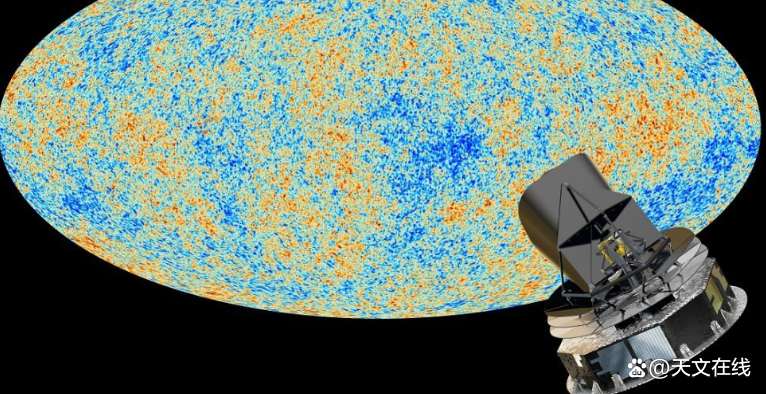
At present, the research team can basically infer that the average color of the universe is beige, which is closer to white. Although this is a relatively boring discovery, it is not surprising. We all know that white light is a combination result of all wavelengths of different lengths. Since the universe is so vast, the wavelength range contained in the universe spectrum What happened.
After voting by the research team, this new color was named "Cosmic Latin", which was inspired by this name, which derived from the meaning of milk in Italian. Other voting options include the cosmic Kabchino, the big bang rice color, and the original clam soup.

"Universe Latin" color X
Eliminate red shift
"A key concept of the universe spectrum is that it represents the‘ most primitive state of the universe ’“ most primitive state ”of the universe." Balrdy and Glazebrook are written in their online papers. This means that the universe spectrum represents the light emitted by the entire universe, not only what we see on the earth today.
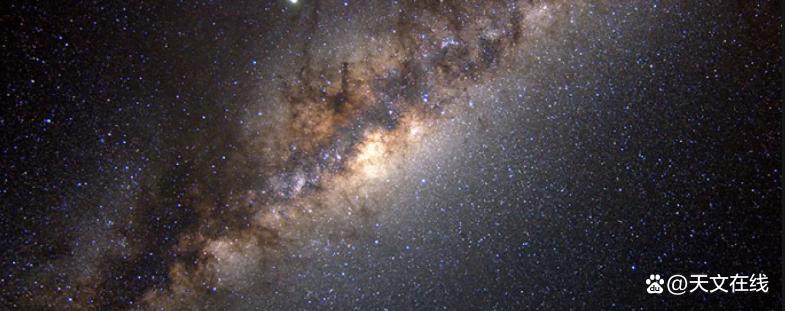
Like all waves, light waves will be stretched to a long distance due to the influence of Doppler effect. When the light is stretched, the light waves will become longer, and its color will move towards the red end of the visible spectrum. Astronomers call this phenomenon "red". This means that the light we see now is not the color of its first time.
"We have eliminated the impact of red shift phenomenon on the galaxy spectrum," Baldry said, "So, the current spectrum represents the first light of the galaxy many years ago."
Regarding the color "universe latte", Baldry explained that if you can overlook all galaxies, stars and gas clouds from the top of the universe, you will see such colors.By: Harry Baker
Fy: A Wei
If there is related content infringement, please contact the author to delete after the work is released
Reprinted, please obtain authorization, and pay attention to maintaining integrity and indicating the source
- END -
25 -year -old youth | Highlight the advantages of intellectual manufacturing to create a highland -related industrial strategy highland

Highlight the advantages of intellectual manufacturing to build an agricultural in...
Wang Lei: The magic weapon to adapt to the environment -biological clock
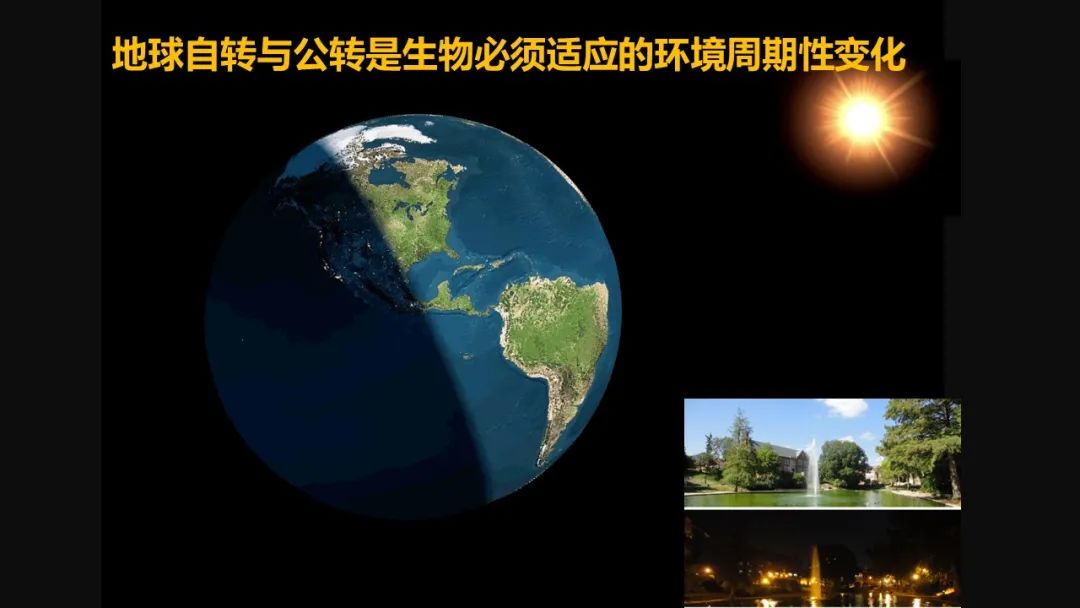
The universe is everything, ever -changing, but in the end, it does not leave its ...